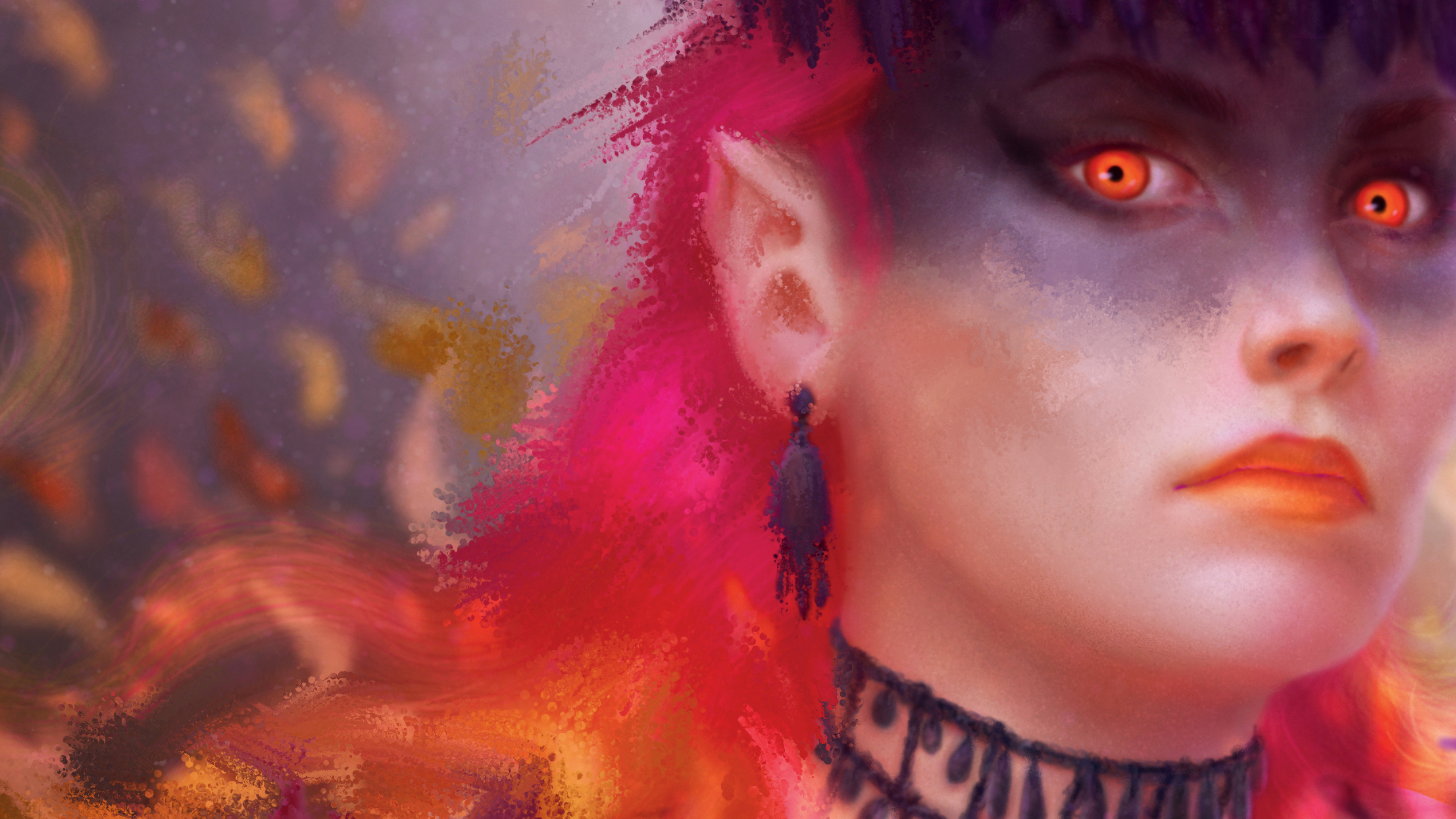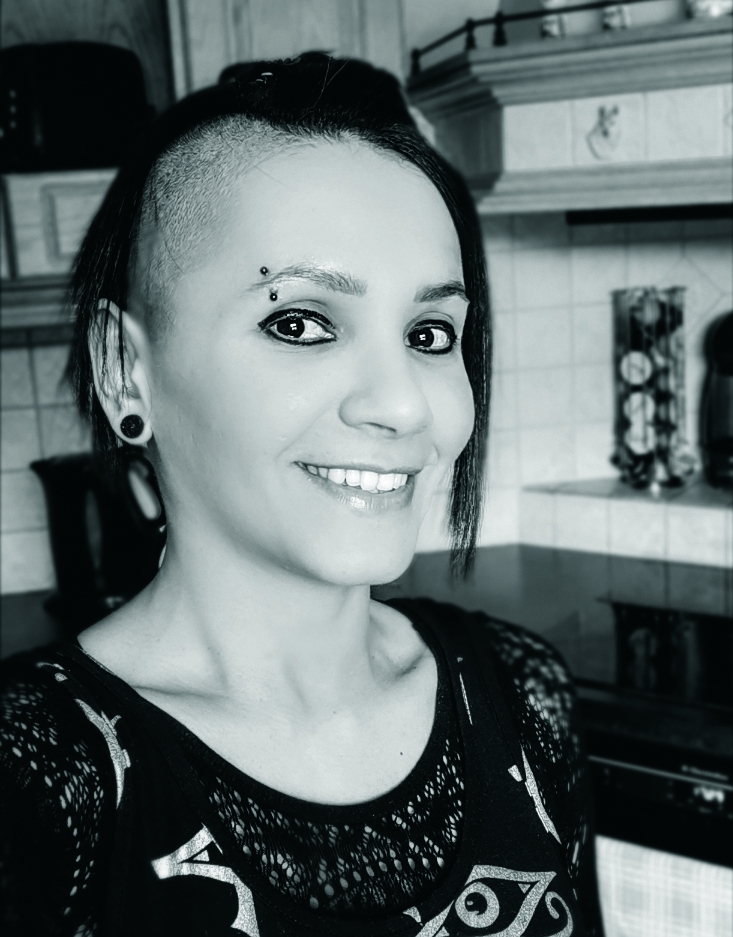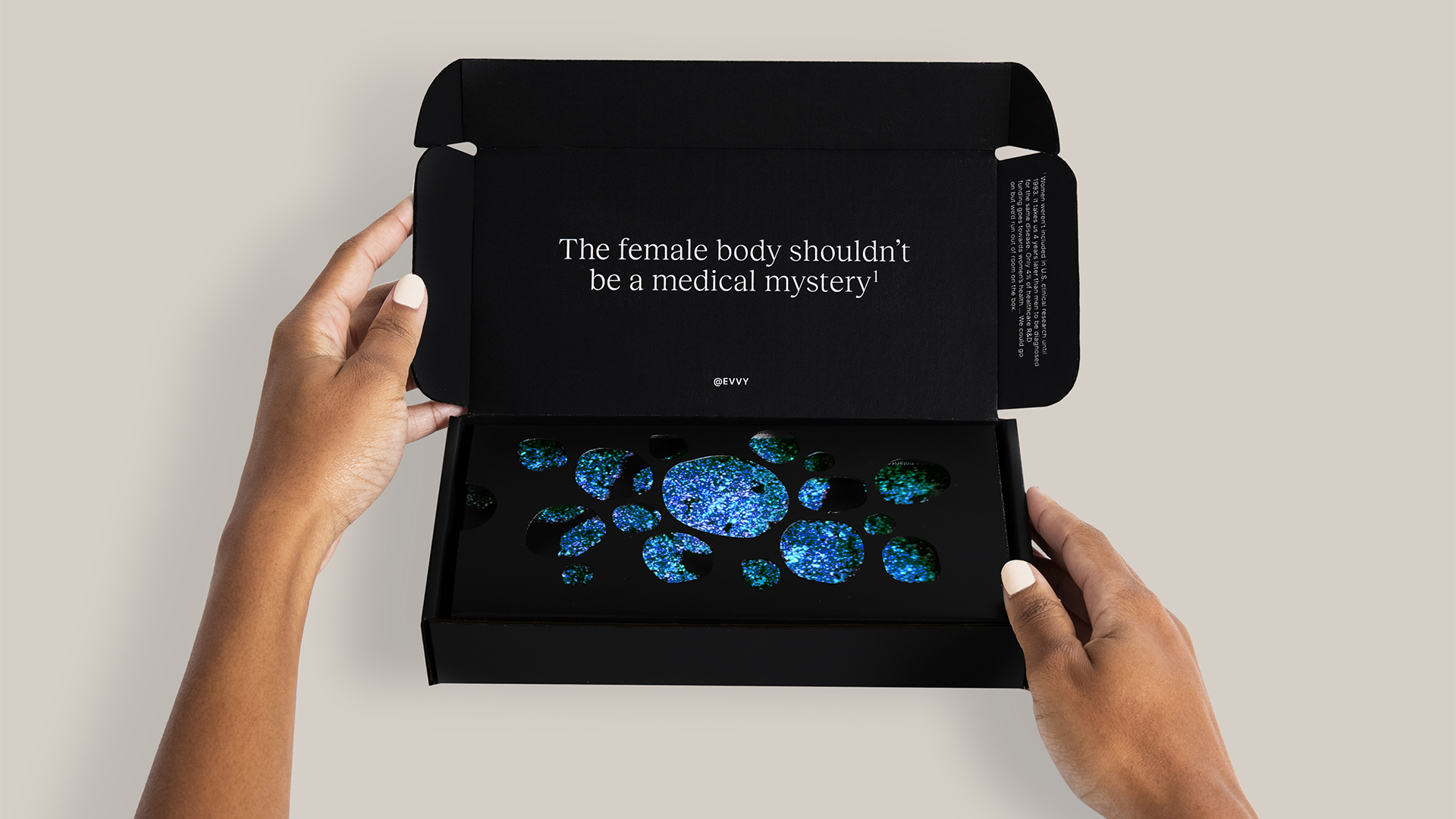Quickly learn Corel Painter 2022's brushes
Learn Corel Painter 2022's new brush tools and features.

If you're new to digital art, then read on: Here you'll learn Corel Painter 2022's brushes, and how to use them. So if you’re just starting out, what are the best Painter brushes to use and for what purpose?
In this workshop we’ll follow the classic creative maxim “less is more” and put together a group of five essential brushes that can meet your artistic requirements in a variety of creative scenarios, ranging from producing early sketches, to paintings and polished illustrations.
You can see more of what Corel Painter 2022 offers with our definitive Corel Painter 2022 review. And why not dig a little further into digital painting in general with our guide to the best Huion drawing tablets.
More experienced artists will be aware that you only need one brush to produce art. Other times, combining the results of two brushes will bring a little extra pizzazz to the finished piece. However, some of Painter’s tools possess characteristics that are a combination of two distinct brushes or techniques, thus increasing their potential and usefulness.
Handily, Painter 2022 has a refined brush library with new categories, variants and previews to dip into, as well as a new Favourites option to group together your preferred brushes in one place. Let’s get to know this selection of versatile tools and discover how you can get the best from them!
01. The Airbrush
The Airbrush is great for fine illustrations, concept art, and realistic or stylised work where a polished style and image clarity is key. The tool creates both soft and sharp edges, and its most remarkable characteristic is the ‘clean/CG look’ as well as soft transitions in gradients.
By increasing Stroke Jitter you can use the Airbrush to add some grain to your art, as well as emulating skin pores or freckles on a portrait. You can build-up colour density, by painting several times over the same spot. This naturally forms a gradient. For colour gradients, you can repeat the same process over one or more layers if you prefer. This Airbrush naturally layers the colours in a smooth fashion.
02. Messy, Speckle Diffuser
Does your work look too clean and you want to give it a bit more expression? This brush can help you! It diffuses the image or brush strokes underneath it in a painterly way. The effect varies, depending on whether you apply it at a small or large size.
If you keep pressing and moving, for example in circular movements, you also blend and smear the colours. If you just dab and drag over the area you want to add the effect, it’ll look like a quick, painterly stroke. Either copy the image or parts of it on to a New Layer to apply the brush or, on a new, empty layer, select Pick Up Underlying Color.
03. Using the Sargent tool
The Sargent brush achieves a balance between painterly oils and a digital look. I use it to create realistic art, because it renders colours in a photographic way compared to other brushes. I also love how it blends colours in a similar fashion to traditional wet media.
This brush’s main features are its default 'blendability', hard edges and slightly fractal-like blended strokes. The lower the Resaturation and higher the Bleed, the more it blends with underlying colours. Remember: not all brushes in Painter have this setting.
With this brush your art will look like ‘oily’ charcoal or oil paintings. I use it for fine drawings while working in monochrome/ greys and sepia. In colours, it’s capable of beautiful luminosity and vibrancy levels – great for creating impressionistic art.
Like the Airbrush, you can create gradients with the Sargent tool, by increasing the number of overlaying strokes. The name describes it well: it looks fairly grainy and it also smears as you apply brush strokes. When working in black and white or sepia, build gradients from light to dark, while only at some points apply from dark to light. This way you exercise your traditional skills all the while painting digitally!
This brush closely resembles using a fine art pencil – not only in the looks and texture of the brush strokes, but also on ‘how it feels’. It’s ideal for sketching, fine drawings and colouring. Choose a rougher pen nib to recreate the traditional pencil paper experience.
Reducing either the brush Opacity or layer Opacity enables you to vary your values without having to change colours/values at the Color Wheel. If you’re using the Pencils tool in medium- to low-values and combining it with high-values Sargent: Grainy Smear you achieve a ‘finer’ coverage, emulating a more refined colouring technique.
Want to get started with Corel Painter 2022? Try the leading digital art software for free today! Discover more about Corel Painter 2022 at the official website.

Thank you for reading 5 articles this month* Join now for unlimited access
Enjoy your first month for just £1 / $1 / €1
*Read 5 free articles per month without a subscription

Join now for unlimited access
Try first month for just £1 / $1 / €1
Get the Creative Bloq Newsletter
Daily design news, reviews, how-tos and more, as picked by the editors.

Isis Sousa is an art director at Dog Creative Group, a Corel Painter Master Elite, a Xencelabs Artist and indie filmmaker. She also teaches and speaks at CG events. The past few years she has worked in games and films, as well as the software and technology industries. She has diverse experience, creating art for music and book publishers as well as traditional games and education.
